How and what to feed grapes in August: the best feeding and tips from winegrowers
Fertilizers are as important to garden plants as food is to humans. Meals should be balanced and regular. Garden grapes require organic and mineral fertilizing, which alternate with each other. They are brought in throughout the entire ripening period, including August. Pre-autumn feeding is a must: it prepares the culture for the cold. Consider how to feed the grapes in August and what advice experienced gardeners give.
The content of the article
- Do grapes need feeding in August
- What dressing does grapes need in August
- When to feed grapes in August
- Fertilization frequency and abundance
- How to feed
- How to feed grapes for the early ripening of berries
- The choice of feeding in the middle lane
- How to feed grapes
- Tips from experienced winegrowers
- Conclusion
Do grapes need feeding in August
In August, summer residents fertilize adult grape vines, preparing them for winter. Mineral and organic components strengthen the plant's immunity, restore it after harvest. If for some reason it was not possible to feed the grapes in August, the procedure is postponed to early September, but no later than the 10th of the month.
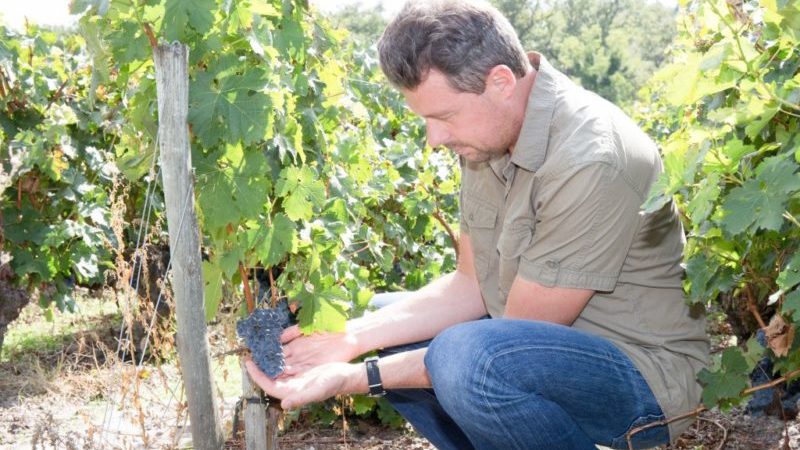
Is it obligatory
Top dressing in August is optional if the grapes were planted only this year. The seedling is fed only at planting and 4 weeks after. If you do not fertilize an adult plant, there is a high probability of freezing of the shoots in winter. Then the next year's harvest will be sour and shallow.
What dressing does grapes need in August
The more time passes from the moment of planting the grapes, the less nutrients remain in the soil. Therefore, in August, they focus on mineral fertilizers, which compensate for the deficiency of trace elements and extend the life of the plant. With a lack of trace elements, grapes often get sick, the yield decreases every year.
Substance deficiency symptoms
In late summer, grapes need phosphorus, potassium, zinc and boron. They are responsible for preparing the plant for winter, restoring a healthy metabolism. With a lack of trace elements, the following symptoms are observed:
- depressed growth, short and thin shoots, dry and sluggish leaves - lack of phosphorus;
- blue-gray color of leaves and curliness - potassium deficiency;
- twisted yellow leaves and strong branching of the roots - lack of calcium;
- chlorosis, red and purple foliage color, dying off of the lower leaves - little magnesium;
- the development of lateral shoots and pale green color of the leaves - not enough boron;
- yellow-green leaves with curled edges - zinc deficiency.
A common mistake of many summer residents is the introduction of nitrogen-containing dressings into the soil. Better to do it in early springbecause nitrogen is responsible for the development of green mass. In the fall, it will do more harm than good to the grapes.
When to feed grapes in August
The timing of feeding depends on the timing of the ripening of the crop. The optimal date is 10-15 days after. Do not fertilize immediately after harvesting the bunches: the vines should "rest" a little.
Reference. Sometimes fertilizers are applied in August to stimulate the maturation of late-ripening varieties. Potassium-phosphorus complexes are used.
Experienced summer residents are advised to apply fertilizer to wet soil. The weather should be calm and cloudy. The optimal time is early morning, when the sun has not yet risen.
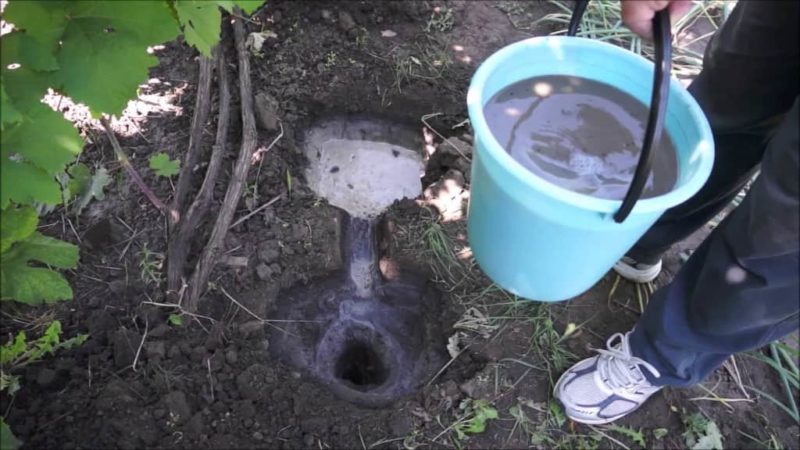
Fertilization frequency and abundance
In total, grapes are fed 2-3 times over the summer: in mid-June, 2 weeks before harvest and in August. The abundance depends on the type of fertilizer and variety. If symptoms of a deficiency of a microelement are noticeable, they focus on those substances that will eliminate the deficiency.
How to feed
Summer residents choose mineral, organic or folk dressings. It is important to observe the dosage of the applied agents and the preparation recommendations.
Mineral fertilizers
In August, they focus on potash and phosphorus fertilizers. Potassium chloride, potassium salt, potassium sulfate, superphosphate are used.
If there are no such dressings at hand, use dry wood ash: it does not contain chlorine, which is harmful to vines. Ash is used on all types of soils, even the most acidic. On average, 150-200 g of ash are introduced per 1 m². Close it up to a depth of no more than 8 cm, otherwise a soil crust will form, which harms the plant and soil microflora. Ash-based spraying is also used: 100 g of the substance is dissolved in 5 liters of water.
For pre-autumn feeding, phosphate rock is used: it strengthens the root system, increases frost resistance, and increases the yield for the next year. Use the tool once every 3-4 years, pre-watered the earth. For 1 m², 300 g of phosphate rock is required.
Organic compounds
Compost, manure, green manure and even food waste are used from organic matter. These funds nourish the soil, saturate it with useful components. Popular organic fertilizers for grapes:

- On sandy soils, cow dung is used. 10-15 kg of rotted manure is applied under each bush. It is convenient to lay it out in the trunk grooves - they are placed at a distance of 15 cm from the grapes.
- For soils with neutral acidity, bird droppings are used. A concentrate is prepared from 1 liter of droppings and 4 liters of water, diluted 1: 2. They are used for watering grapes: about 0.5 liters are applied under each bush.
- Bone meal is suitable for all types of soil. It is biodegradable, costs little, strengthens the roots and increases the resistance of grapes to frost. For 1 m², 110 g of funds are required.
Folk remedies
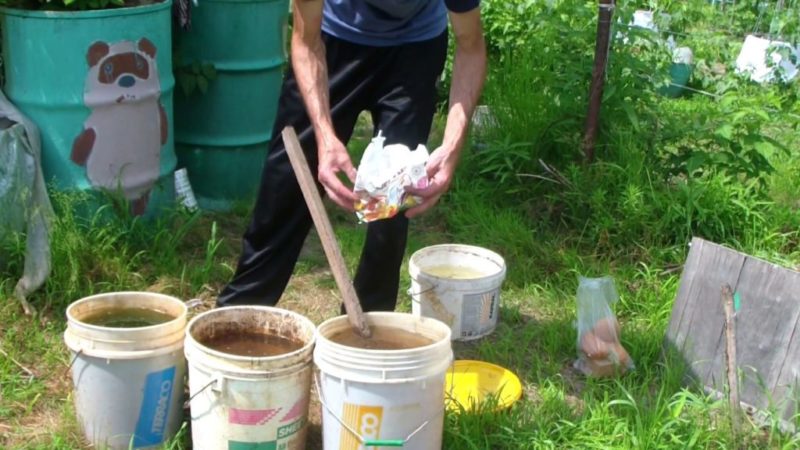
Folk remedies are harmless to the environment, they can be used 4-5 times a summer and even used during the fruiting of grapes... Nettle infusion is effective: 5 kg of plants are crushed, placed in a bucket, filled with water to the very top and left in a dark and cool place. After 5 days, the mixture is diluted 1: 5. Use the infusion to strengthen the immunity of plants, protect against diseases and pests.
Experienced gardeners recommend using yeast. Dissolve 50 g of dry yeast in 1 liter of water, add 10 g of sugar and insist for 3 hours in a warm place. Dilute with water at a ratio of 1:10 and apply for spraying. Yeast infusion stimulates the plant's metabolism and strengthens the vines.
How to feed grapes for the early ripening of berries
Ripening of berries is stimulated by urea. It dissolves well in water, is easily absorbed and does not provoke the accumulation of nitrates in fruits. The solution protects the grapes from bacterial and viral diseases, improves the taste and marketability of the bunches. Urea is introduced in dry or liquid form. Dissolve 500 g of the substance in 10 liters of water and spray the plant.
Attention! Ready-made mineral complexes are popular with summer residents. For young grapes use "Gumi-Omi", for adult plants - "Biovit". They are fortified with phosphorus, potassium and nitrogen, are easy to prepare and do not affect the flavor of the berries.
How to feed two-year and three-year grapes
In the second year after planting, the grapes are fertilized with organic infusion. For cooking, you will need tansy and calendula flowers, compost and bird droppings in a 1: 1 ratio. All components are mixed and diluted with warm water. Use the infusion for spraying or watering. The soil is preliminarily loosened, and after fertilization is mulched.
For a three-year-old vine, "Zircon" is used.It prevents shedding of ovaries and stimulates ripening of fruits. To prepare the working solution, take 5 liters of water and 5 drops of the drug. Stir, make as watering in the near-trunk grooves.

The choice of feeding in the middle lane
Top dressing for the middle strip is aimed at strengthening the immunity of the grapes. Balanced fertilizers increase resistance to disease and insect pests. Summer residents use:
- urea solution - 1 liter of water requires 30 g of a substance, use a spray solution;

- potassium permanganate solution - dissolve 5 g of potassium permanganate in 10 liters of water, water the bush so that the liquid does not get on the leaves;
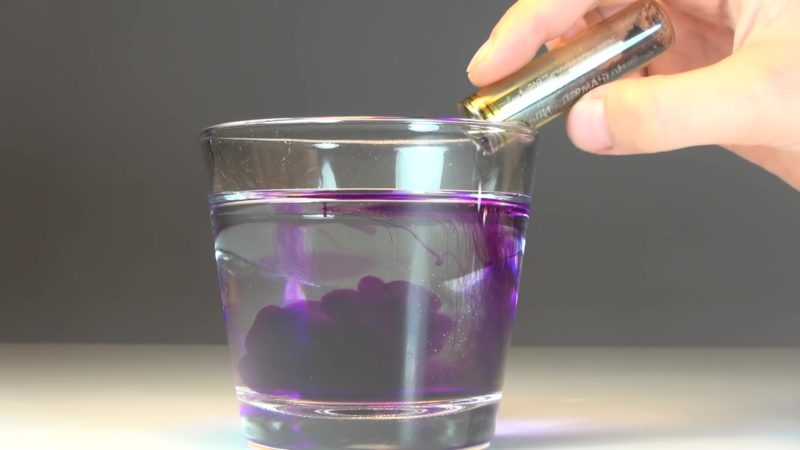
- 15 g of superphosphate - applied under each bush.
In the Urals
The Urals is a region with short, wet and cool summers, so the vines must be strong, with a lot of ovaries, and the root system must be strong, well developed.
In addition to rotted manure and chicken droppings, summer residents add 20 g of superphosphate and 15 g of urea to the ground (consumption per 1 m²). This mineral complex increases the yield and improves the taste of the grapes.
In Siberia and other regions
Universal fertilizer for grapes - mineral complex Florovit... It contains magnesium, sulfur, zinc, boron, iron, potassium, phosphorus. 1 plant takes 45 g, top dressing is applied in dry form directly under the bush.
Florovit is compatible with other fertilizers, is non-toxic to the environment, and increases the frost resistance of the vines. The composition maintains a favorable soil acidity.
How to feed grapes
Fertilize grapes by root and foliar methods. Summer residents recommend alternating them with each other so that the plant is protected not only outside, but also inside.
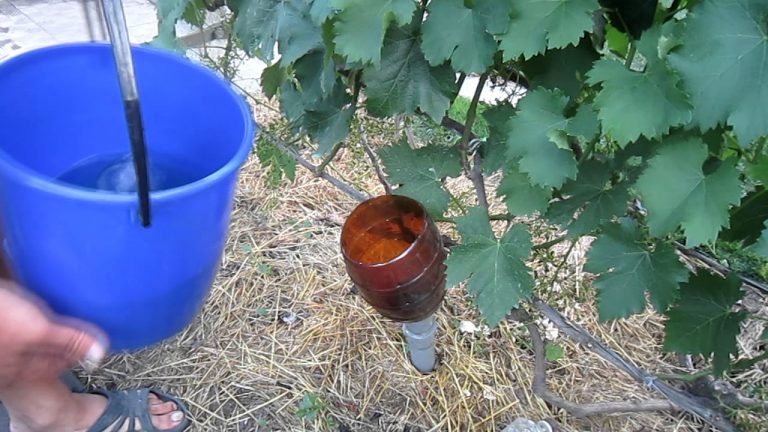
In a root way
In this case, fertilizers are applied at the root - nutrients enter the soil by watering or applying the substance in a dry form... Plants are watered with nettle or ash infusion, urea, phosphorite flour, superphosphate are added. This method solves the problem of micronutrient deficiency, strengthens the root system, and improves the microflora of plantings.
Foliar
Foliar method (leaf) - spraying vines with infusion or solution. This protects plants from diseases and pests, improves the taste and appearance of the berries. Bordeaux liquid, urea, bird droppings, yeast infusion are used as fertilizers. It is recommended to process bushes in calm and dry weather.
Read also:
Kesha grape hybrid - description and characteristics
Tips from experienced winegrowers
Winegrowers in Russia recommend taking precautions: when preparing working solutions, take into account the dosage of the components, especially when it comes to mineral products. An excess of micronutrients is as dangerous as a deficiency. It is important to follow the rules of personal safety: work with solutions in gloves, glasses and a respirator.
Attention! For the preparation of fertilizers, clean garden tools are used: buckets, basins, barrels, shovels. Dirty dishes can cause fungal infections of the grapes.
Most working solutions cannot be stored, so they are used immediately after preparation. Summer residents are advised to think over the amount of dressings in advance so as not to throw out the excess. If the funds can be stored for several more days, they are placed out of the reach of children and animals.
Conclusion
A quick way to feed grapes in August is to add a mineral complex under each bush. If such feeding is not at hand, folk remedies are used: nettle, yeast, ash. In August, they focus on phosphorus-potassium fertilizers, nitrogen fertilizers fade into the background.
Phosphate rock, potassium salt, double superphosphate are effective and cheap. From organic matter, bone meal, rotted manure and chicken droppings are used.